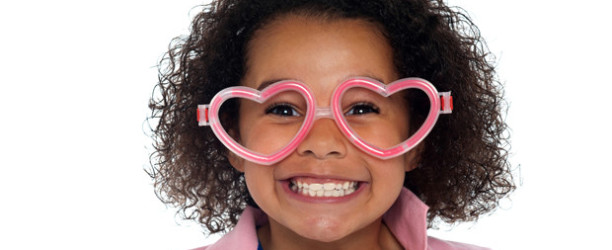Did you know that children smile about 400 times per day? This puts their teeth front-and-center for a large chunk of each and every day. But, when it comes to getting a consistently bright, pearly white smile, teeth are notoriously fickle. External factors like trauma, food and drinks, infection and medications can alter tooth shading to make teeth appear discolored and unhealthy. So, how can you help your child get whiter teeth? Below, we outline information you should know about dental bleaching.
What is Dental Bleaching?
Dental bleaching is a form of cosmetic dentistry that whitens teeth through the controlled application of carbamide peroxide or hydrogen peroxide. While you can get dental bleaching products at the store or pharmacy, the American Academy of Pediatric Dentistry advises that parents consult a pediatric dentist when bleaching their children’s teeth.
Professional Dental Bleaching
There are a number of benefits to utilizing the teeth bleaching services provided by your pediatric dentist, should they be offered. A pediatric dentist will be able to perform a comprehensive oral examination that can help determine the cause of your child’s tooth discoloration. This can help treat the root of the problem and get better long term whitening results, while also improving your child’s overall oral health. With professional bleaching, your pediatric dentist also has more control when placing the whitening appliance. The added control will empower them to fit a customized tray to your child’s teeth that will work better than a store bought appliance, and help curtail negative gingival effects. A pediatric dentist will also control the bleach application and ensure that the application guidelines are strictly followed.
Additionally, professionally applied dental bleaching whitens better than store bought products, and affords your child more tissue protection than an over-the-counter product.
Are there any Side Effects?
Dental bleaching can have some negative side effects. Tooth sensitivity and tissue irritation are very common, and often occurs early in bleach treatment. Tissue irritation and tooth sensitivity usually cease when bleaching is discontinued.
When is my Child Old Enough for Bleaching?
There is no specific age that determines whether or not a child should undergo teeth whitening treatment, but the AAPD advises against full-arch (all teeth) whitening for children that have both their baby and adult teeth. The best bet is to wait until all of your child’s adult teeth have come in before beginning a whitening treatment, since the enamel on baby teeth and adult teeth is different and can cause the whitening to appear in different shades of white.
Consult Your Pediatric Dentist
You should consult your pediatric dentist before pursuing any teeth whitening solution. The AAPD advises entrusting your pediatric dentist with whitening your child’s teeth, rather than using an over-the-counter solution. A pediatric dentist will be able to give your child the best whitening treatment available, that’s individualized to their mouth. Their pediatric dentist can determine the appropriate method and timing for dental bleaching, and provide your child with a comprehensive and sequenced whitening plan.
Does your family have a pediatric dentist? If not, use our pediatric dentist locator to find the right pediatric dentist for your family.

